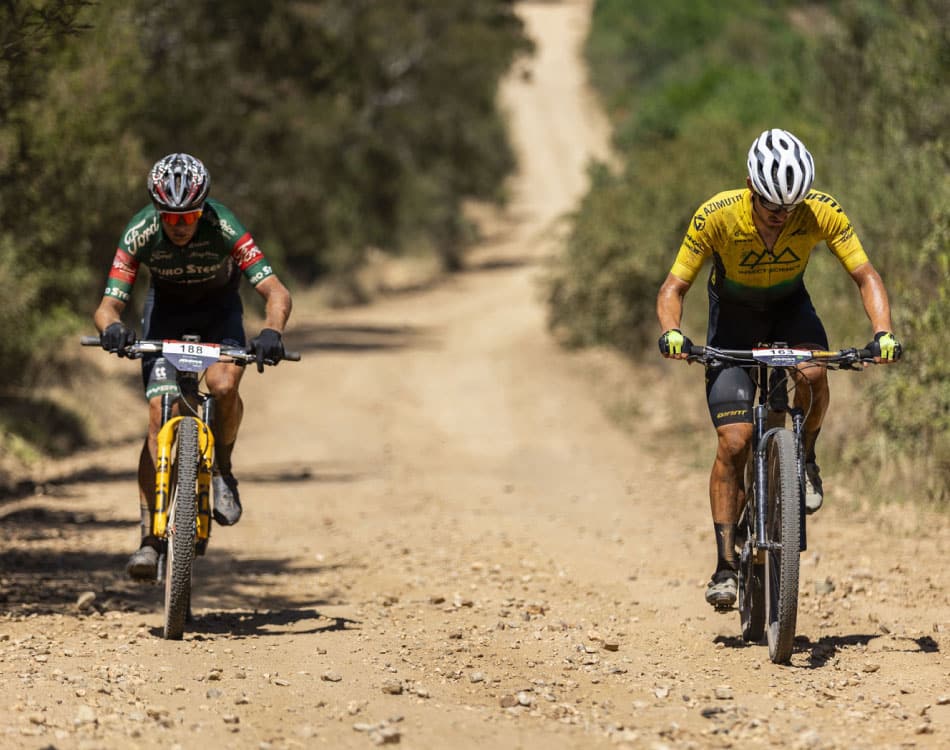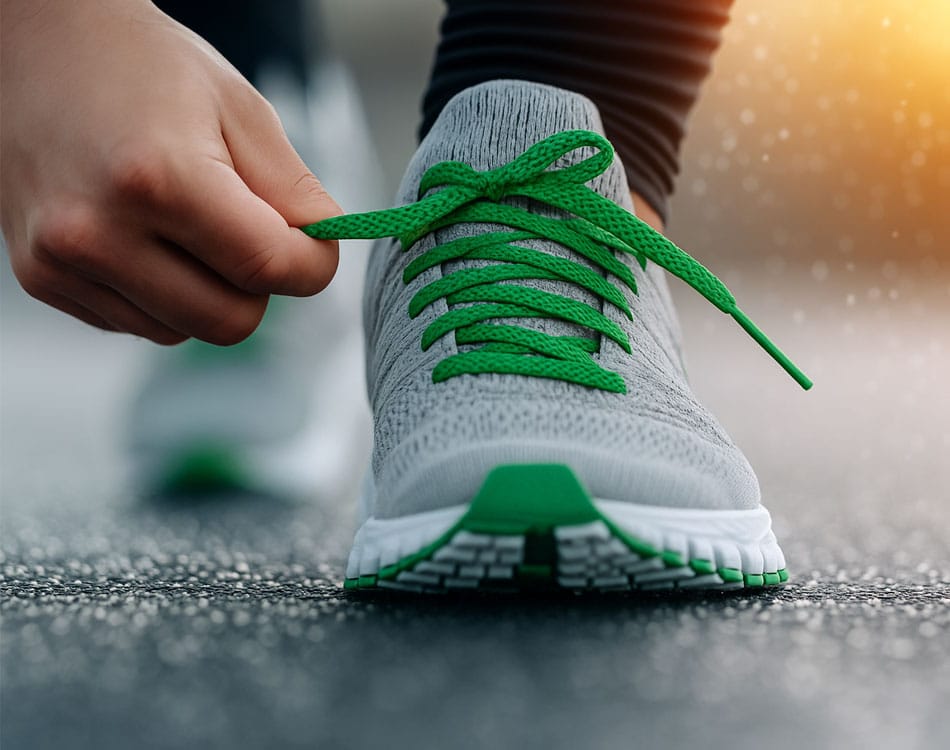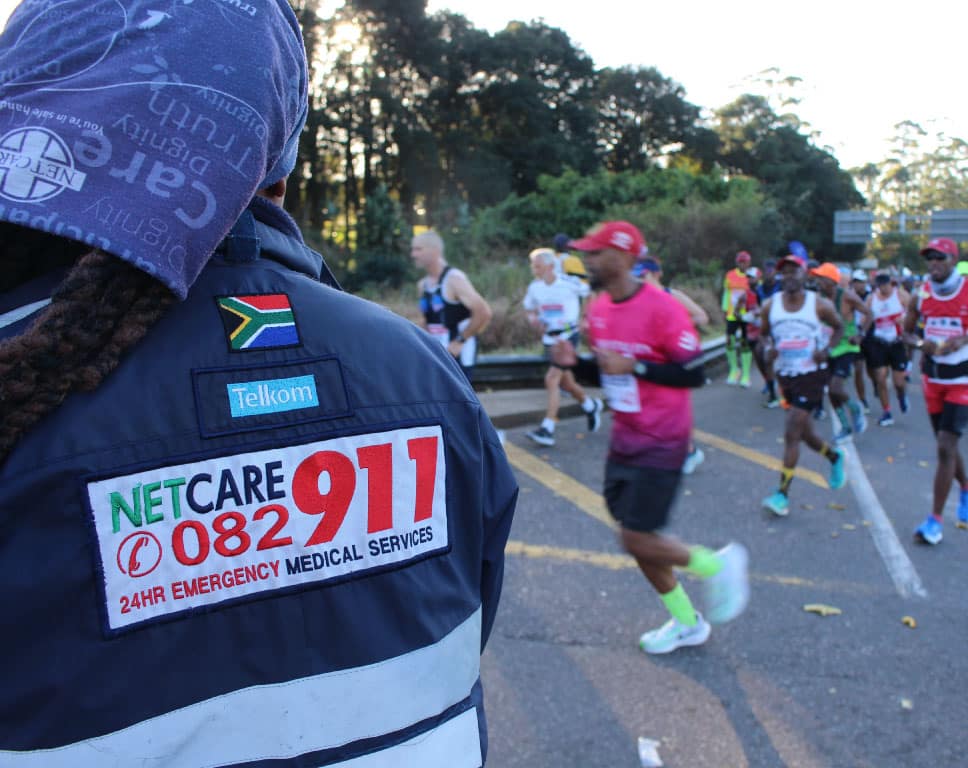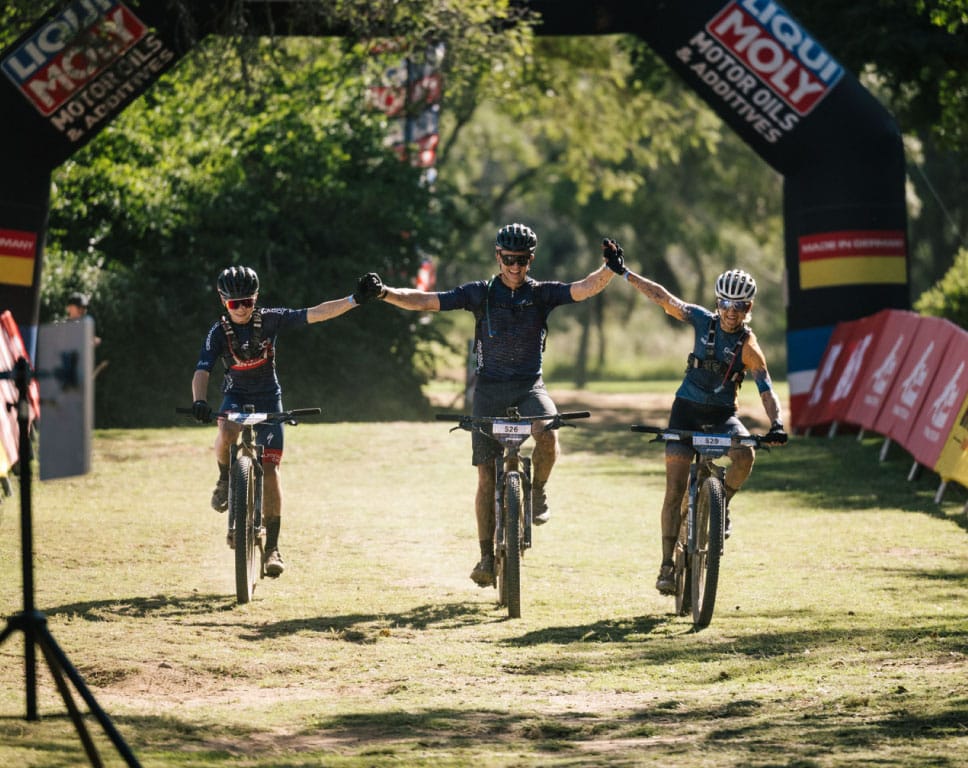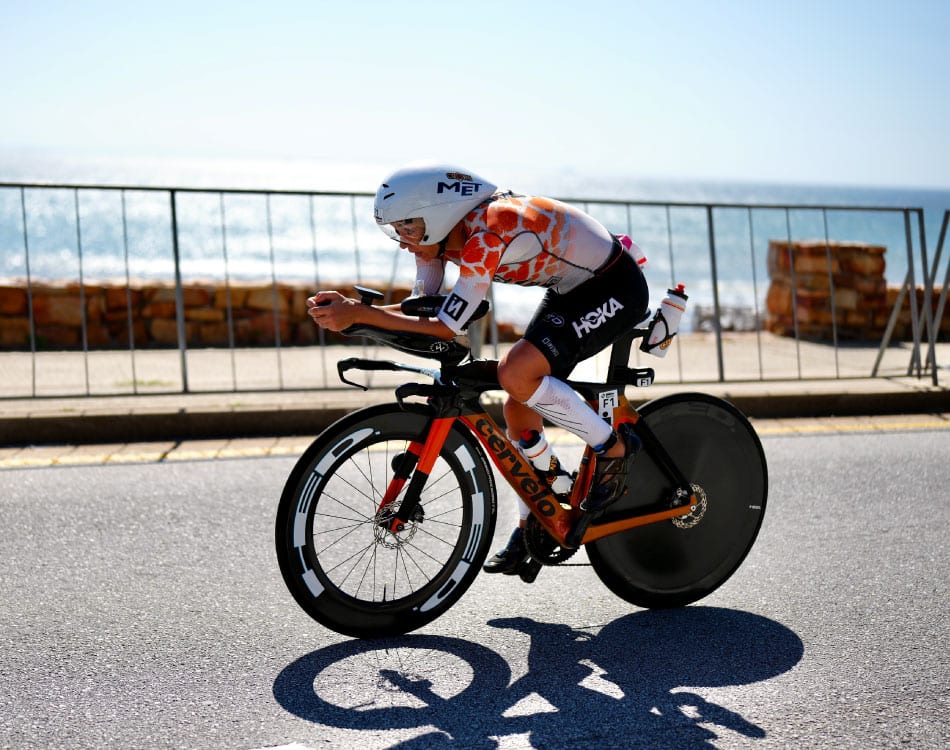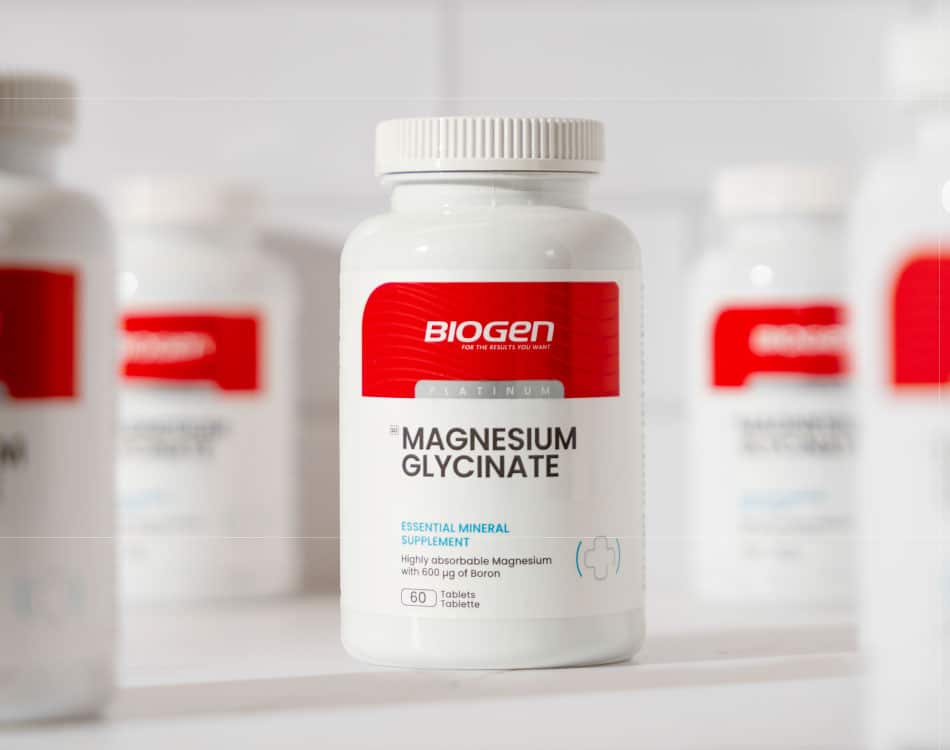Pro-level recovery depends on several factors, with optimal nutrition and active rest between intense training sessions the keys to bouncing back quicker for the next session.
Poor recovery can harm your performance in the next session or race, as damaged muscle and connective tissue doesn’t have time to repair while the stress imposed by hard training can disrupt hormones, and strain your immune system.
READ MORE | Support your recovery after training for optimal endurance performance
Individualised response
There isn’t a universal approach to recovery that works for everyone because everyone responds differently depending on various factors, such as genetics, environment, training history, stress levels, nutrition and sleep quality. .
Nonetheless, some effective strategies exist to enhance recovery during your off days or those periods between sessions.
While some experts recommend complete rest with minimal activity, others suggest light to moderate exercise and activity.
The most effective approach is combining active recovery with rest to achieve better recovery outcomes than rest alone.
Active recovery sessions generally include short, low- to moderate-intensity activities that are different from your main training.
Incorporating active recovery methods into your routine can enhance the efficiency of muscle, hormone, cardiovascular and immune system recovery in a shorter timeframe while amplifying your body’s capacity to respond to physical stress from training.
READ MORE | 3 steps to boost post-workout recovery for endurance athletes
Recovery guidelines
What all experts agree on is the importance of getting sufficient quality sleep every night, and eating nutritious food, with sufficient protein for tissue repair, ample carbohydrates to replenish energy stores, and fats for hormone production to support your bodily function.
Beyond these measures, you can follow these tips and guidelines to optimise your recovery and recuperation between training sessions:
- Keep moving every day. Go for a 3-5km walk while listening to your favourite music. Light movement and fresh air enhance recovery and mental well-being. You can also engage in active recovery with light, restorative activities like rowing, cycling, jogging or swimming.
- Include mobility and flexibility work like stretching and yoga to support recovery and suppleness.
- Get a deep tissue sports massage and perform regular foam rolling to maintain soft tissue health and function, working out adhesions and knots.
- Use the pool, sauna, or steam bath to accelerate recovery by promoting better blood flow. Attempt an ice bath if possible. Rest on recovery days but avoid being sedentary to prevent stiffness and allow your body to adapt.
- Take a mental break from your usual training routine. Engage in different exercises to give your mind a rest while staying on track with your fitness goals.
- Follow a properly periodised training plan that includes de-loading weeks to give your body time to adapt and respond to the training stress.


